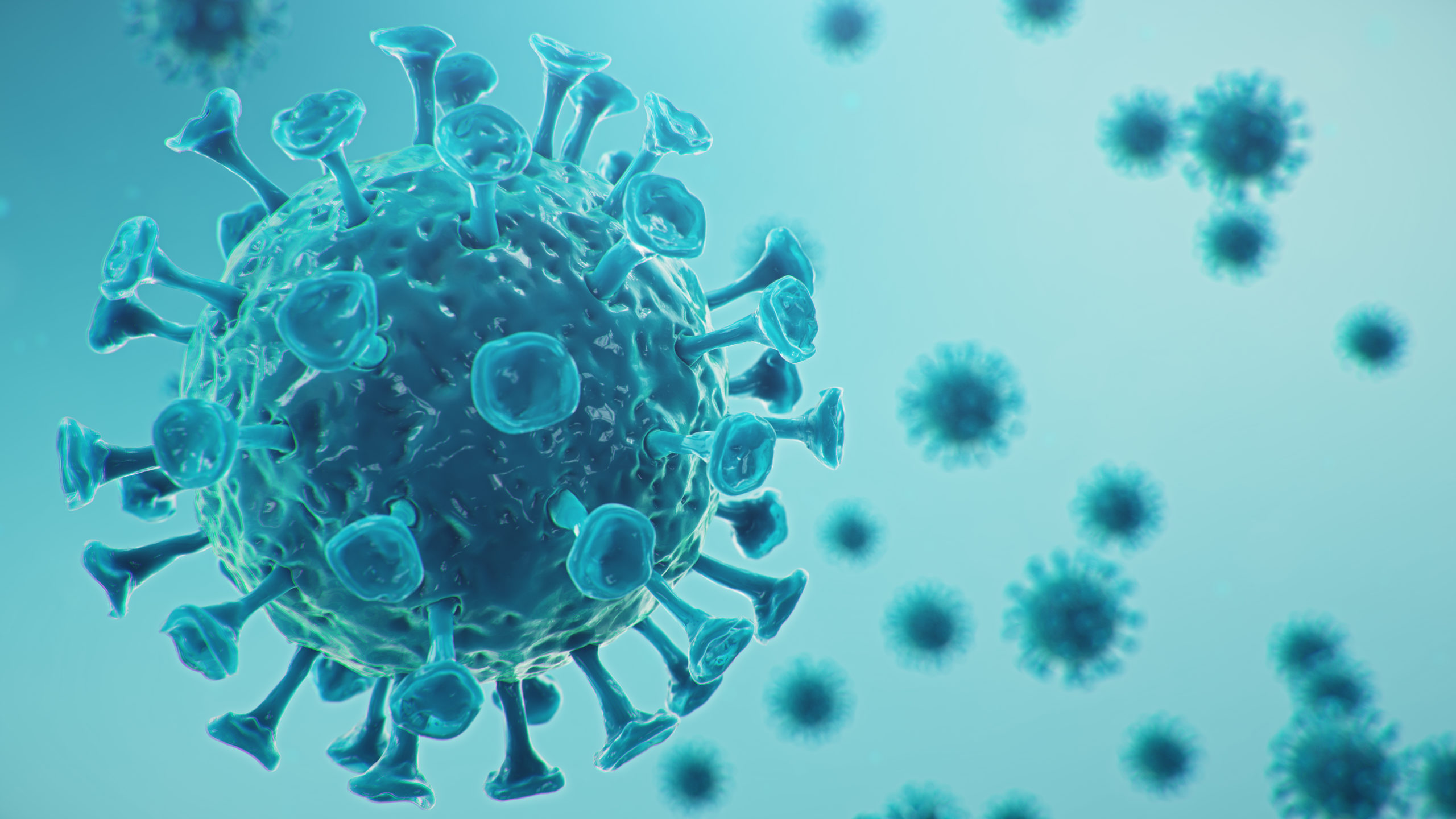*Please note the numbers in this post were updated March 4th, 2020. The state of COVID-19 in the US has and will continue to dramatically evolve each day. We hope you find this snapshot in time helpful, and for the latest details, please check out more resources at pathspottech.com/resources/coronavirus/
Nearly 100,000 cases of Coronavirus have been confirmed since December 2019 across 97 countries and six continents resulting in over 3,000 deaths . This informational sheet summarizes facts and best practices for the food service industry in preparation for the spreading virus. As a leader in hand hygiene verification, PathSpot strongly encourages thorough handwashing for disease prevention.
How Does Coronavirus Spread?
Coronavirus is primarily transmitted through respiratory droplets from coughs and sneezes, as well as from contact with contaminated surfaces.
According to the Center for Disease Control, the virus can also be transmitted through the fecal-oral route. This means that stool may contaminate hands, food, or water.
What Can the Food Industry Do?
Infected food workers could introduce the virus to food by coughing and sneezing, or through hand contact, unless they strictly follow the recommended personal hygiene practices.
“To protect yourself against the new coronavirus, you should frequently clean your hands. Once your hands are cleaned, you should dry them thoroughly by using paper towels.”
— World Health Organization
Government agencies recommend food businesses:
-
Ensure staff and contractors report any physical signs or symptoms, before starting work
-
Provide the correct facilities to enable staff to practice good hygiene
-
Ensure effective supervision of staff to reinforce hygienic practices
“Wash your hands often with soap and water for at least 20 seconds, especially after going to the bathroom; before eating; and after blowing your nose, coughing, or sneezing.”
— Centers for Disease Control and Prevention
How PathSpot Can Help
Ineffective handwashing is a major contributor to the spread of illness.
In an FDA study on handwashing in restaurants, it was found that 73% of handwashes fail to meet the quality standards required to be effective— when using gloves, compliance falls to just 16%.
PathSpot detects contamination and verifies effective handwashing.
After washing and drying their hands, team members place their hands under the PathSpot hand scanner to check for fecal contamination that transmits Norovirus, E.coli, Salmonella, other foodborne illnesses, and Coronavirus.
Instant Feedback
The 2-second scan gives an instant result. When contamination is detected, team members are directed to rewash and rescan before returning to work.
Data-Driven Insights
On the PathSpot Dashboard, managers can see the frequency and efficacy of handwashing at the team and individual level. Operators will have real-time visibility into handwashing and safety so they can ensure staff are following good personal hygiene practices that reduce the spread of coronavirus.
Learning From Data
PathSpot has generated individualized handwashing data for hundreds of restaurants across the US and beyond. This data provides specific, actionable improvements for managers and team leaders to improve sanitation and reduce the spread of illness.
In an aggregated and anonymous form, this data helps any food provider learn from common trends and food safety mistakes. In this summary, PathSpot shares lessons learned from data on millions of handwashes.
When is Contamination Most Likely?
PathSpot most frequently detects contamination in the early morning and during shift changes— it’s important to ensure team members wash their hands at the start of each shift!
Contamination is regularly detected at a higher rate during the initial period after PathSpot has been installed. Providing real-time feedback on handwashing quality empowers team members with the knowledge to reduce contamination rates in the future.
Another major factor in handwashing effectiveness is manager turnover. When team leaders change, handwashing rates change dramatically (sometimes for the better!).
How Can Handwashing Be Improved?
Remove Rings & Jewelry
PathSpot commonly detects contamination on or near rings. Recent studies involving healthcare workers also found that ring wearing is associated with an increased risk of hand contamination.
Scrub Between Fingers & Under Fingernails
The CDC recommends scrubbing the underside of fingernails with soap and water (or a nail brush) during every handwash. PathSpot also detects contamination on the webs between fingers, which merit additional focus during handwashing.
Avoid Recontamination
After completing a full, 20-second handwash with warm water and a generous amount of soap, it is important to prevent recontamination before returning to work. Dry hands with single-use paper towels, and turn off the faucet with paper towels to prevent recontamination.
See here for a PDF fact sheet of this post.
Find more resources on COVID-19 at pathspottech.com/resources/coronavirus/.

